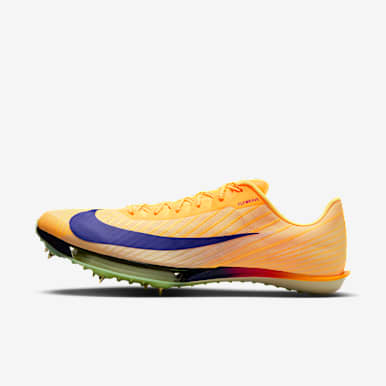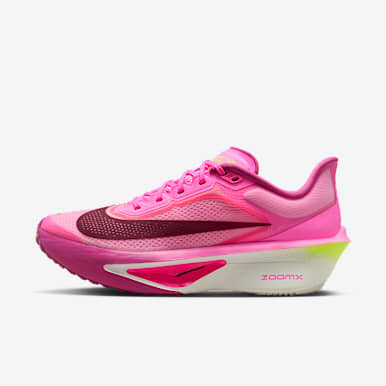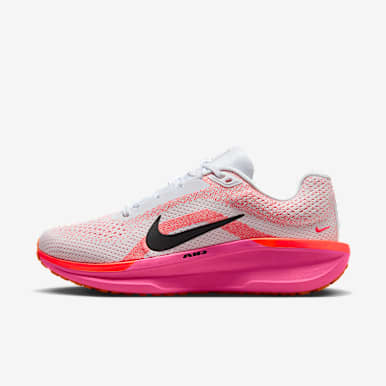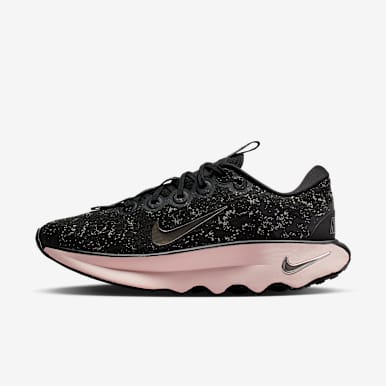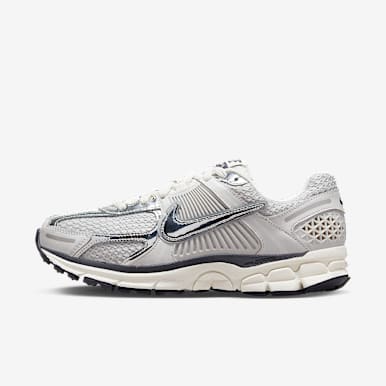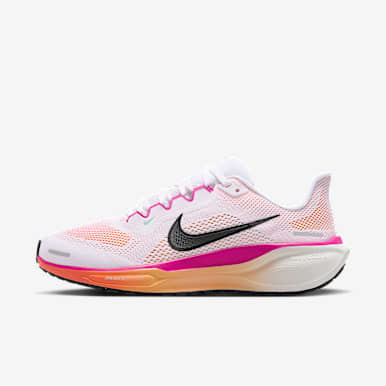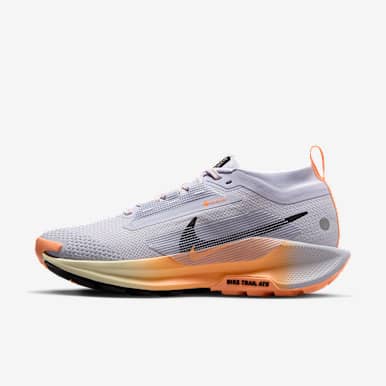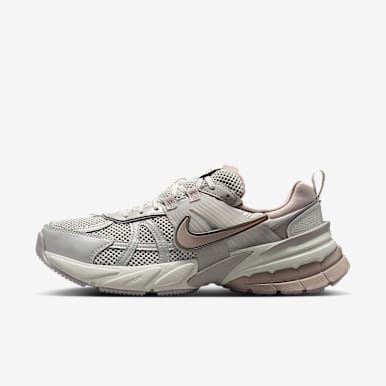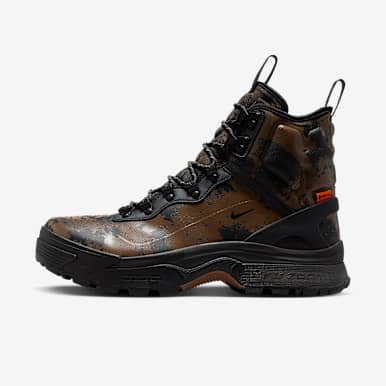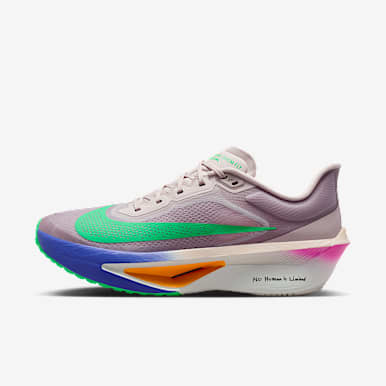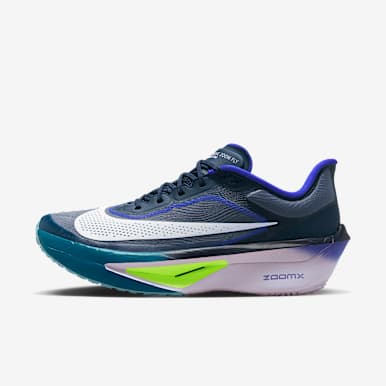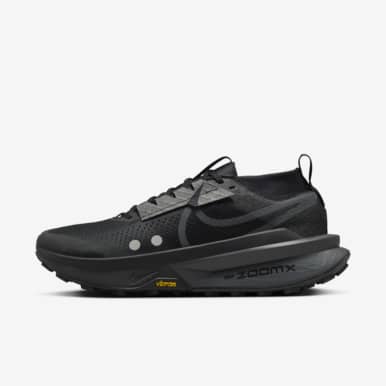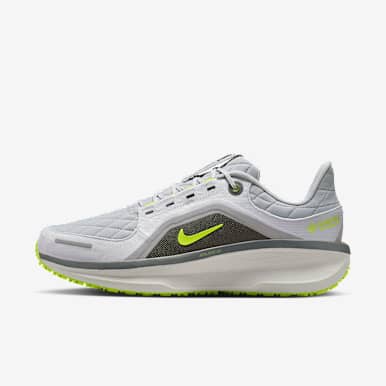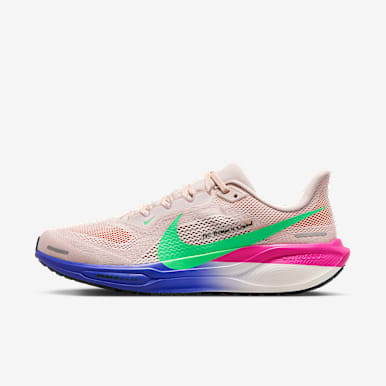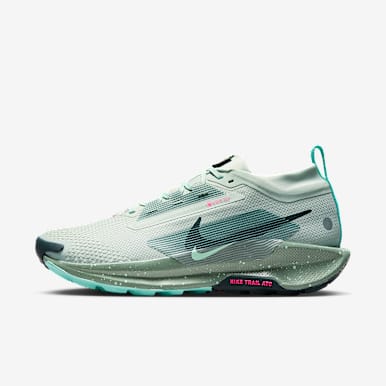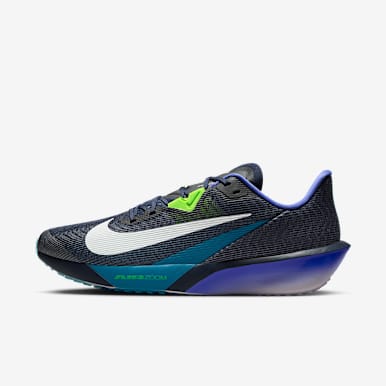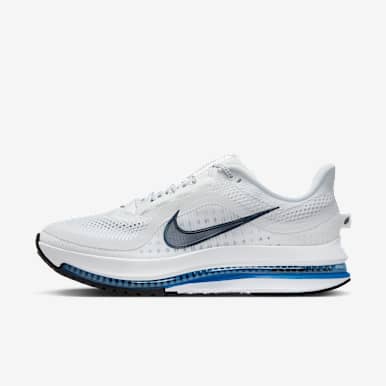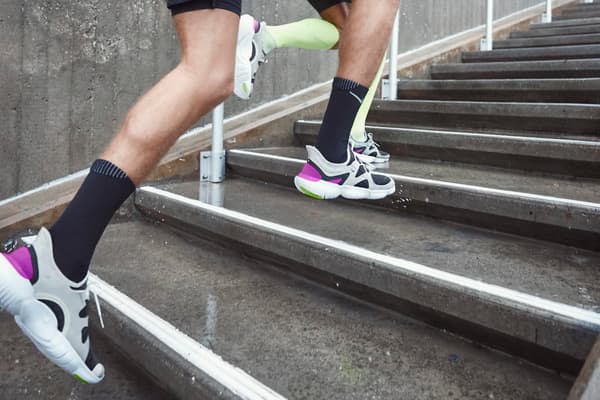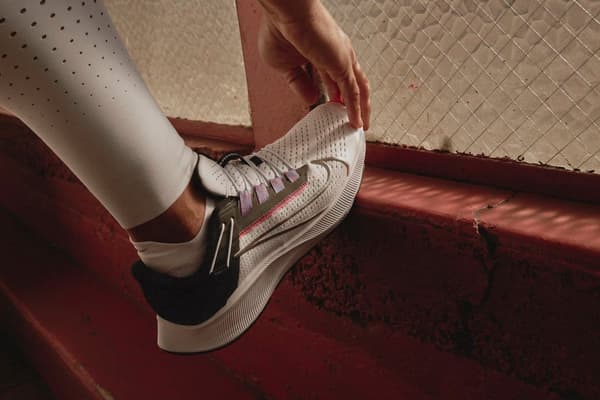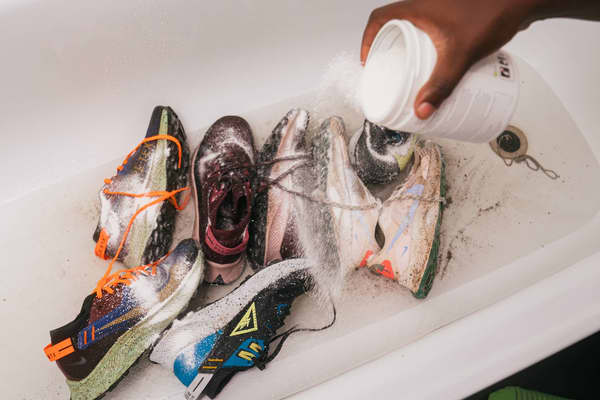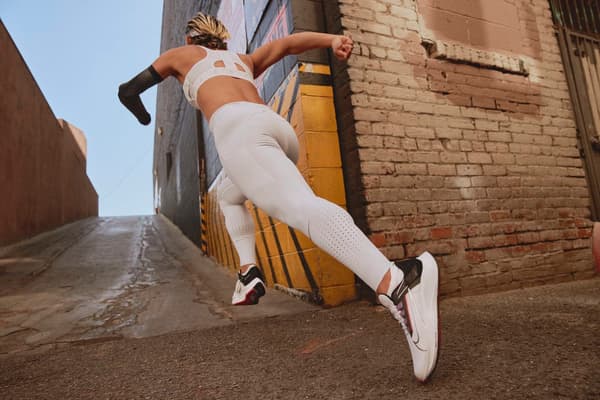What's the Difference Between Stability and Motion Control Running Shoes?
Buying Guide
When it comes to running shoes, having the right support is critical.Should you choose stability or motion control running shoes to get the right fit?
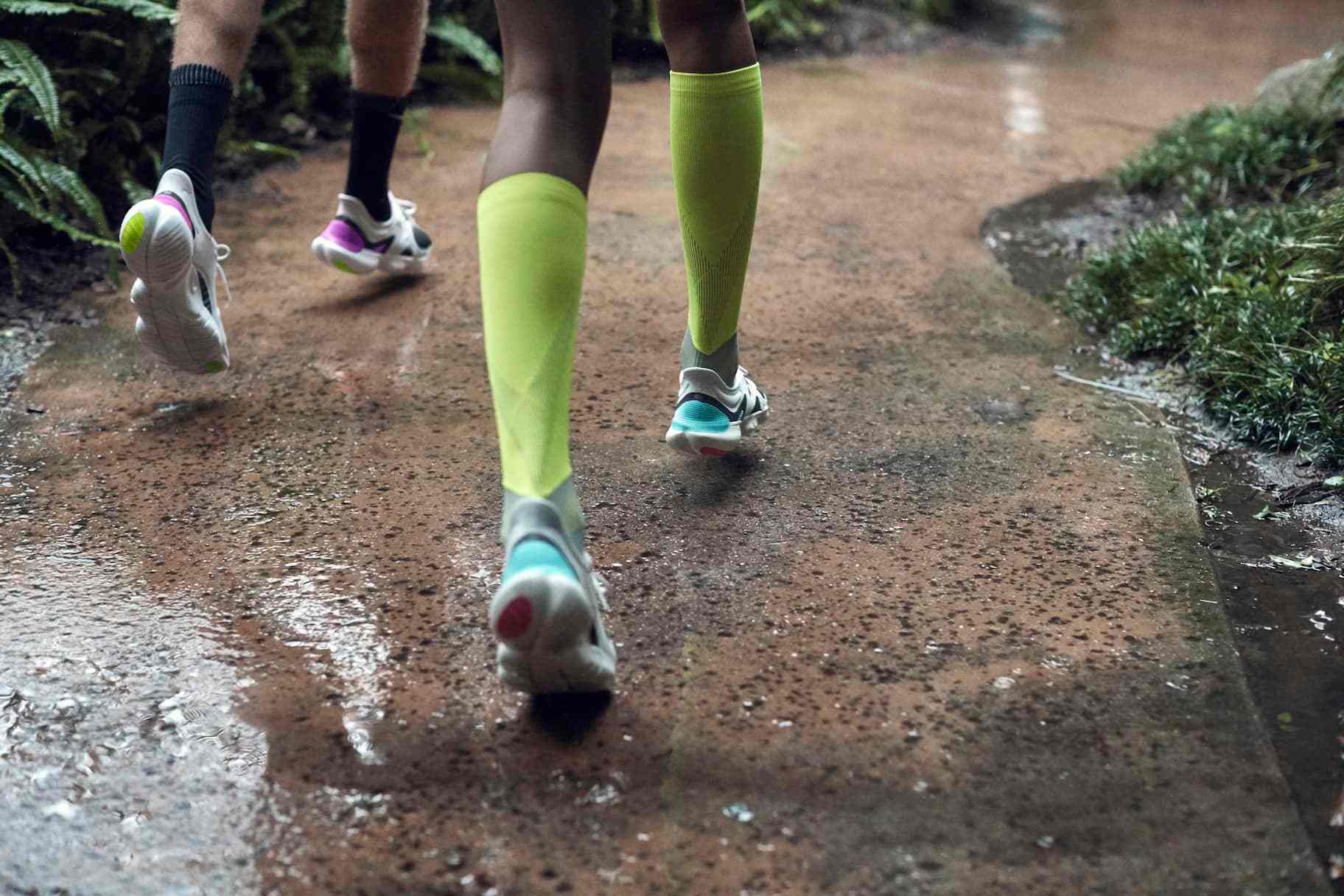
If you're a runner who pronates (and most of us do to some extent), you've probably looked into stability running shoes.
You may have even had a coach or trainer recommend motion control shoes.After all, wearing a running shoe that accommodates your individual gait pattern can make the difference between slogging through those daily miles or pushing your limits with exhilaration.
But there are different options for stability and motion control shoes and the terminology can be confusing.
Getting a handle on the various terms and features can help you find a running shoe that meets your needs and helps you reach your performance goals.
Basic Biomechanics of the Foot
To understand the difference between motion control and stability shoes, it is first helpful to understand the difference between normal pronation and overpronation.
According to the American Academy of Orthopaedic Surgeons, when you take a step forward, your weight moves from the heel and distributes itself forward and slightly inward through the ball of the foot, where you push off with help from your big toe.
This is called normal pronation.
If you overpronate, the inward rolling movement is exaggerated.As a result, the arches can collapse and your ankle may start to roll inward.Some people even experience severe overpronation.
When this repeatedly happens with running, studies have shown that it can affect lower-limb mechanics and lead to an increased risk of running-related injuries.These injuries include plantar fasciitis, iliotibial band syndrome, shin splints or knee pain.
Motion Control Vs. Stability Running Shoes
Runners who have normal pronation can wear neutral shoes.These running shoes are generally lightweight and flexible, with no specific features to address overpronation.
But other types of shoes help manage overpronation to reduce the likelihood of injury.The two primary models are typically called stability or motion control running shoes:
- Stability running shoes are best for overpronators.These shoes are designed to support the arch of the foot, providing greater support through the midsole that may also extend into the heel.The shoes can be slightly stiffer and heavier than a neutral shoe.
- Motion control shoes are designed for runners with flat feet, larger bodies or for those with severe overpronation.In addition to arch support in the midsole, these shoes usually have some additional heel cup support and other features to stop the foot from rolling during each step.These shoes are stiffer and heavier than a neutral or stability shoe.
Identifying Your Foot Motion
If you are not sure whether you are a normal pronator, an overpronator or a severe overpronator, there are different tests you can do to evaluate your step pattern.
The easiest test is called the wet test. Simply wet your foot and step onto an absorbent surface, like concrete or onto a piece of paper.Evaluate the mark that your wet foot leaves:
- If you can see an outline of your whole foot and it is thick through the arch, you are an overpronator.
- If the area through the arch is very thin or even detached from the mark left by the ball of your foot, you are likely an underpronator (also called supination).
- If the area through the arch is narrow but not excessively so, you probably have normal pronation.

Nike designs its running shoes using insights gathered from extensive laboratory research and testing with real world athletes.As part of Project: Run Fearless, Nike tested more than 300 runners to develop injury-preventing running shoe features such as ample foam for impact protection and a wider base to promote natural stability.
Stability and Motion Control Features to Look For
When shopping for shoes to meet your needs, you may not find shoes with the specific words "stability" or "motion control" in the name.So, what's the smartest way to find the best shoe for overpronation?Seek out key features to address that specific gait pattern.These include:
- Optimal support for the three phases of a runner's stride.If your shoe offers flexibility when your foot rises off the ground, a smooth ride when your foot is moving forward and cushioning at ground contact, you'll feel more supported and stable with each step.Often, this is achieved with rocker geometry (foam at the sole that is shaped like a rocker).
- A wider footprint with heel support.A wider shape, including an exaggerated shape at the forefoot, provides a more stable ride and helps to release energy with every step.You'll also want a shoe with a supportive and stable platform in the heel.
- Maximum shock absorption.Look for optimal cushioning, especially if you are a runner who prefers long runs.Lightweight and responsive foam keeps your stride feeling light and gives you bounce with every step.
Finding the Right Shoes for Overpronation
You'll find most major brands, including Nike, make shoes with stability and motion control features.Some have even been tested extensively.
For instance, in a 12-week study that included 226 men and women, researchers found that the Nike React Infinity Run reduced running injuries by 52% during a 12-week run training programme.And the Nike ZoomX Invincible Run Flyknit is a favourite amongst runners looking for more foam and a softer feel.
Try different shoe models and take each pair for a quick run to see how they feel before picking the best shoe for you.
Most running stores have a treadmill in-house or allow you to head outdoors for a quick test run.
Taking the time to compare different shoes will pay off in the long run.Running in shoes that support your individual gait pattern and running style will help you feel strong and energised mile after mile.
Frequently Asked Questions
What Is a Stability Shoe?
A stability shoe, or a shoe with stability features, is a running shoe designed to help athletes who overpronate.It supports the arch of the foot and provides greater support through the midsole and into the heel.Stability shoes are usually more rigid than neutral running shoes.
What Is a Motion Control Shoe?
A motion control shoe is a running shoe made to support heavy weight, flat feet or severe overpronation.It provides significant arch support in the midsole, as well as heel cup support.Motion control shoes are built to keep the foot from rolling during each step and so are much stiffer and heavier than neutral or stability shoes.
What Is a Neutral Running Shoe?
A neutral running shoe is a shoe that does not have special features to address overpronation.This type of shoe usually provides some level of support, protection and bounce.
